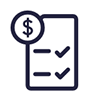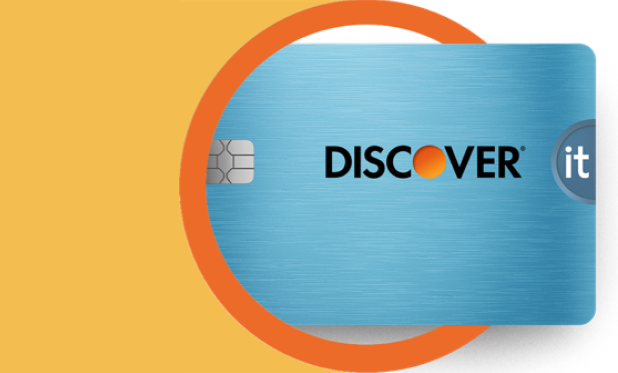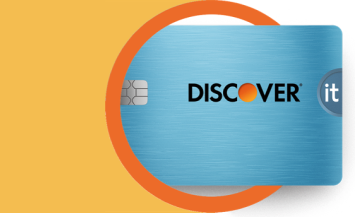Most people know the importance of reading the fine print before applying for a credit card. However, reading pages of terms and conditions can feel tedious, especially when you don’t often know what to look for. A Schumer Box can help make credit card selection much easier for the average person. The Schumer box uses a simple table to list all the information most card applicants seek—including APRs and fees. Keep reading to learn more about the Schumer box and how to read it.

What Is a Schumer Box?
5 min read
Published January 7, 2025
Next steps

See if you're pre-approved

View all Discover credit cards
See rates, rewards and other info
You may also be interested in
Was this article helpful?
Was this article helpful?




